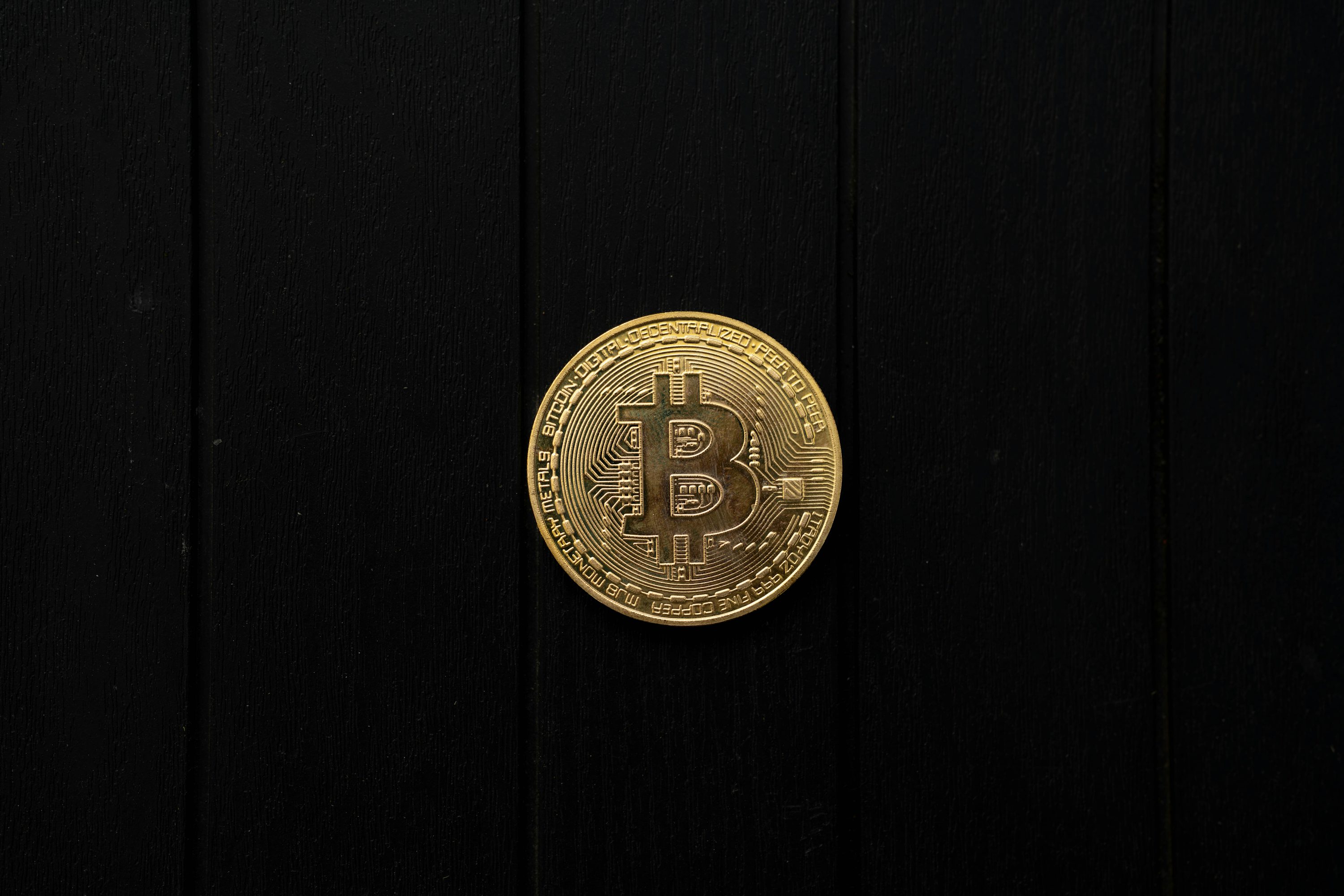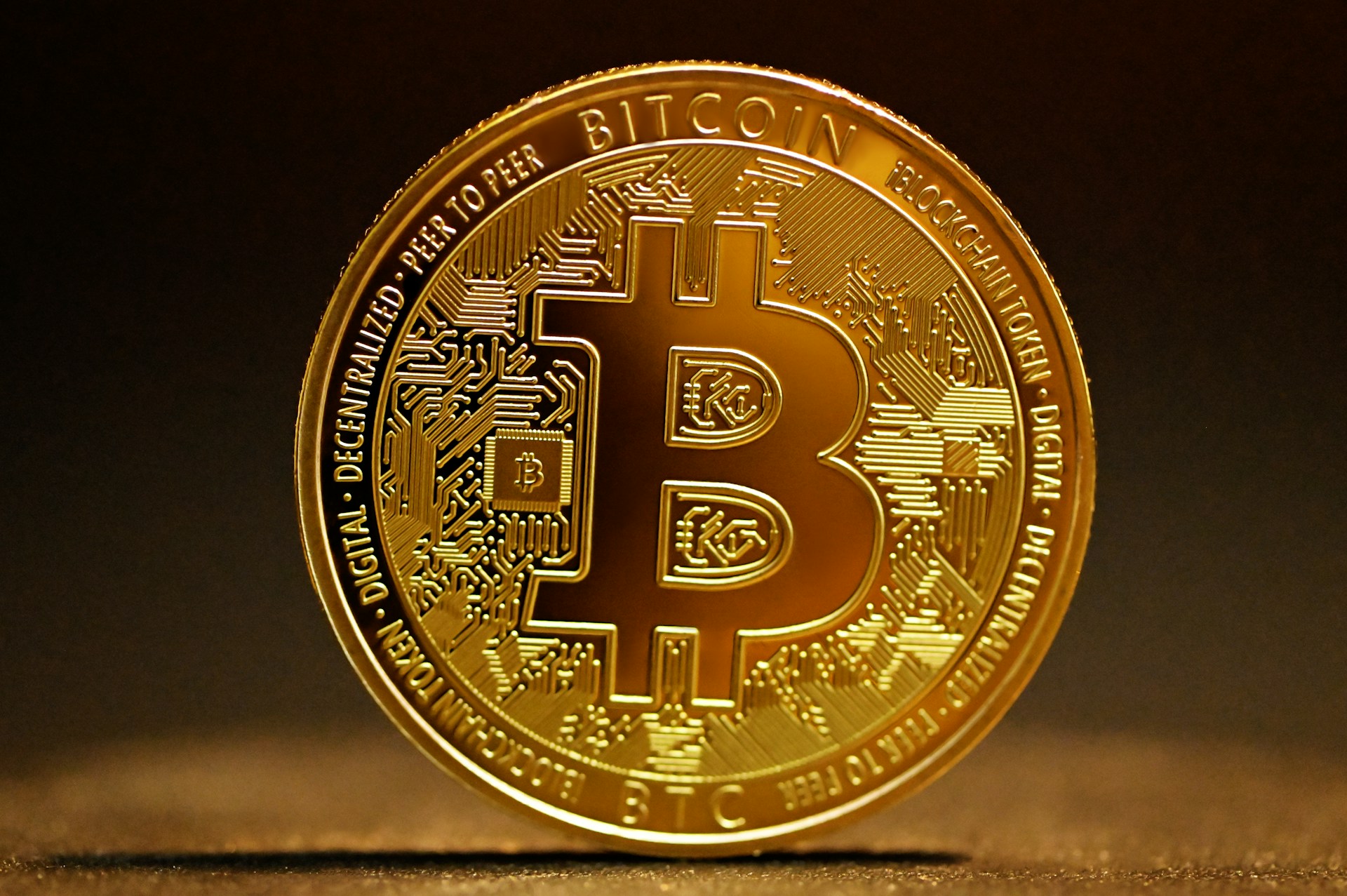 JPMorgan reveals global regulators favor tokenized bank deposits over stablecoins Assad Jafri · 30 seconds ago · 2 min read
JPMorgan reveals global regulators favor tokenized bank deposits over stablecoins Assad Jafri · 30 seconds ago · 2 min read
According to the lender, regulators see tokenized bank deposits as safer digital currency alternative to stablecoins amid crypto volatility concerns.

Cover art/illustration via CryptoSlate. Image includes combined content which may include AI-generated content.
JPMorgan’s latest research indicates that international regulators are more inclined to support tokenized deposits, particularly those that preserve the existing structure and stability of fiat-based banking systems, The Block reported on July 18.
According to the Wall Street lender, financial regulators outside the United States are showing a growing preference for tokenized bank deposits over stablecoins.
The trend highlights a shift in how traditional finance seeks to adapt digital technologies without compromising core regulatory and systemic safeguards.
The research, led by JPMorgan’s Nikolaos Panigirtzoglou, highlights how central banks and regulators, including the Bank of England, are leaning toward digital instruments issued by commercial banks that remain fully integrated within the existing financial system.
These tokenized deposits operate on blockchain infrastructure while maintaining the foundational protections of traditional deposits, such as access to central bank liquidity, capital buffers, and compliance with anti-money laundering rules.
Stability and control concerns
The version of tokenized deposits attracting the most regulatory support is the non-transferable kind, also known as non-bearer deposits, which are settled between accounts at full face value.
These instruments minimize the risk of price deviation and preserve uniformity across forms of money, a concept often referred to as the “singleness of money.”
In contrast, stablecoins and transferable (bearer-style) digital deposits can be subject to fluctuations in market value due to credit concerns or liquidity mismatches. Additionally, past market failures have raised red flags about the potential volatility of privately issued digital currencies.
While stablecoins remain more widely used in crypto markets due to their ease of transfer and broad liquidity, JPMorgan’s report noted that such assets often keep their backing within the traditional banking system by investing in instruments like short-term government debt.
As such, they do not represent a true exit from the regulated financial framework.
Diverging paths
In regions like the UK, regulators have questioned the viability of allowing commercial banks to issue stablecoins, especially under frameworks that might require them to hold central bank reserves without generating yield.
JPMorgan’s analysis suggested that such conditions would reduce incentives for banks to issue their own stablecoins.
Meanwhile, U.S. policymakers are taking a different stance. The expected passage of the GENIUS Act, a legislative effort led by President Donald Trump, would allow banks to issue stablecoins directly and promote their use in domestic payments.
This signals a more open approach to integrating stablecoins within the broader financial ecosystem.
JPMorgan itself is exploring tokenized solutions through JPMD, a permissioned deposit coin currently being piloted on Base. The lender is also testing the waters with stablecoins behind closed doors.
The bank filed a trademark for the deposit token product in June, pointing to potential applications in settlement, programmable finance, and cross-bank transfers.




















 English (US) ·
English (US) ·